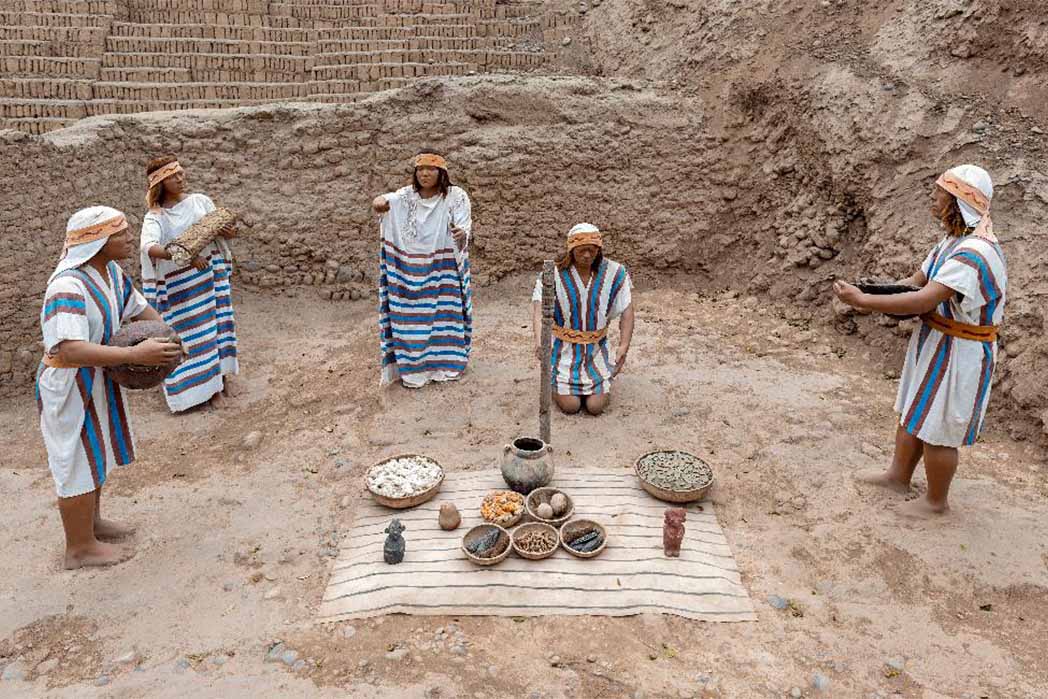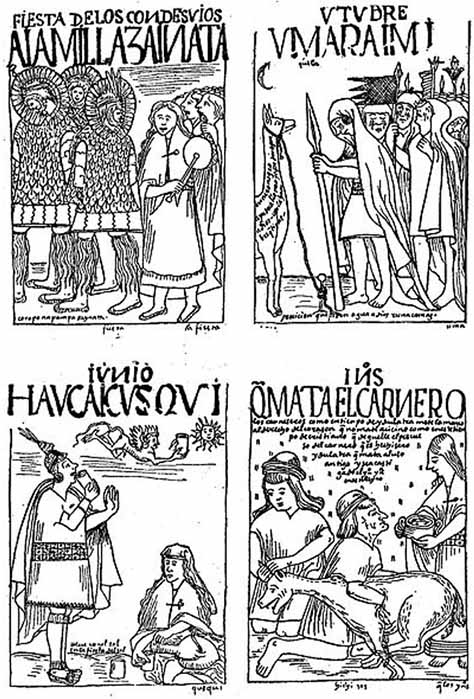
The Traditional Offering Ceremony of the Andes: How to Maintain Balance Between the Material and Spiritual Worlds
In traditional Andean cosmovision, the natural world and the divine are united, and offering ceremonies are seen as a part of the reciprocity system between the material and spiritual worlds. Haywarikuy (offering gifts in a sacred manner), ayni (reciprocity), ofrenda (offering), and despacho (message) all are words used for the sacred offering ceremonies of the Quechua, Quichua, Aymara, and other indigenous peoples in the Andes region. These types of ceremonies take on various forms all over Latin America (and by other names around the world), however the focus here will be how this ritual presents itself in the Andes region.
Purposes of Offering Ceremonies
Due to the very nature of the ceremonies, material evidence of the sacred offering rituals in the Andes tends to be scarce, however, scholars have dated these types of ceremonies back to at least the time of the Inca (1100-1535 AD), and many believe there are pre-Inca origins for these rituals. Offering ceremonies have been passed down through generations.

Representation of an ancient offering ceremony at the Huaca Pucllana pyramid, Miraflores district, Lima, Peru. (SL-Photography / Adobe Stock)
The importance of the ceremony is seen as vital to life in the Andes. As written by a practitioner for the project Sapan Inka:
“The offering ceremony is an act of cosmic reciprocity, it is the realization of universal and cosmic justice, the completion of a mutual task. Breaking this principal would cause serious distortions in the balance of the natural, social, and religious systems. For the Andean person, offerings are a way to show reconciliation with spiritual forces and have the intention to avoid offences against these forces, they also represent rites of passage.”

Four Incan ceremonies as depicted by Felipe Guaman Poma de Ayala. (1615) (Samuel austin / CC BY-SA 3.0)
Over 200 variations of these traditional ceremonies exist, and the practice differs from one location and purpose to another. As evident in the Quechua word ayni, offering ceremonies are meant as a form of reciprocity between the material and spiritual worlds. The traditional ceremonies focus on this exchange, as well as worship and gratitude, to the beings to which they are presented. According to Loreto Quiroz, a practitioner of traditional offering ceremonies, the rituals also serve as acts of love for their participants, reminding them of their connections to “all beings, elements, spirits, and sacred spaces.”
The Q’ero (a Quechua speaking group in Peru) elder, Don Manuel Quispe (also spelled Q’espi) once said that:




